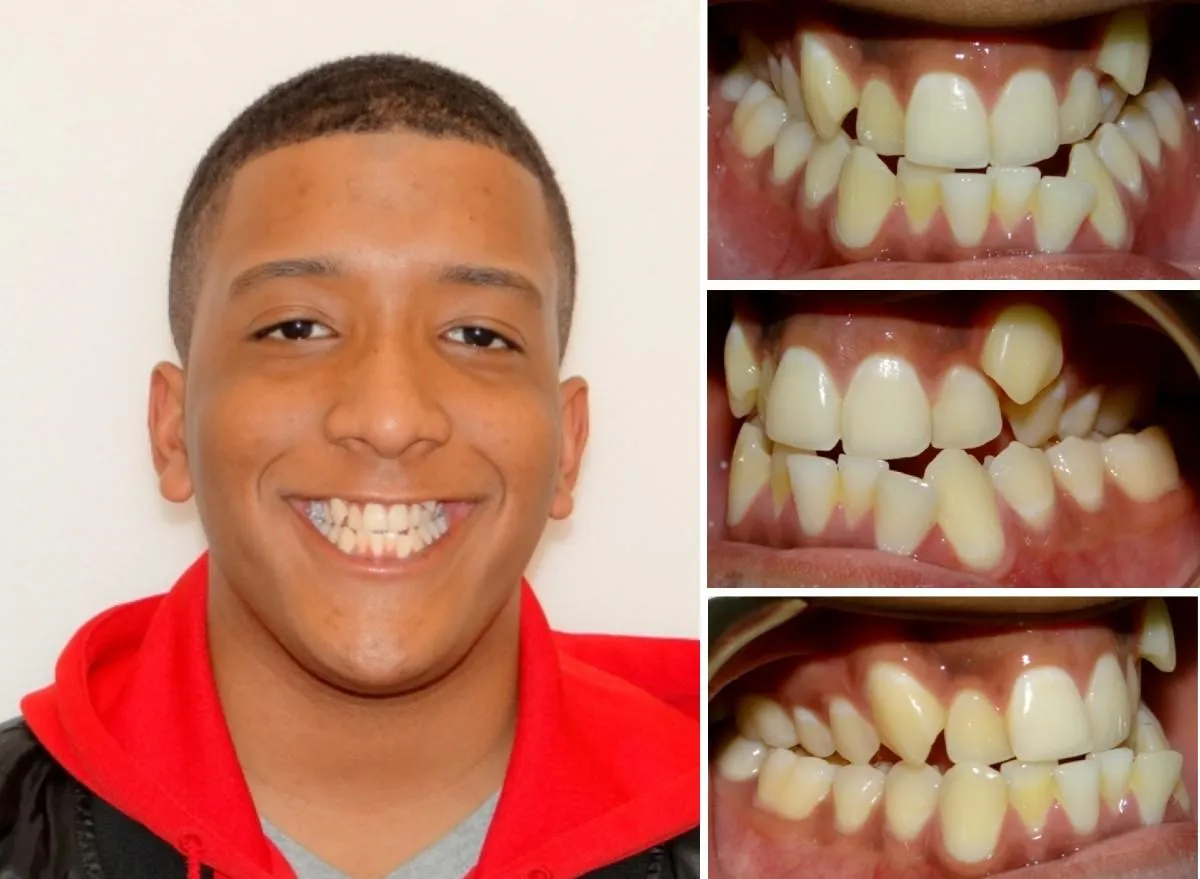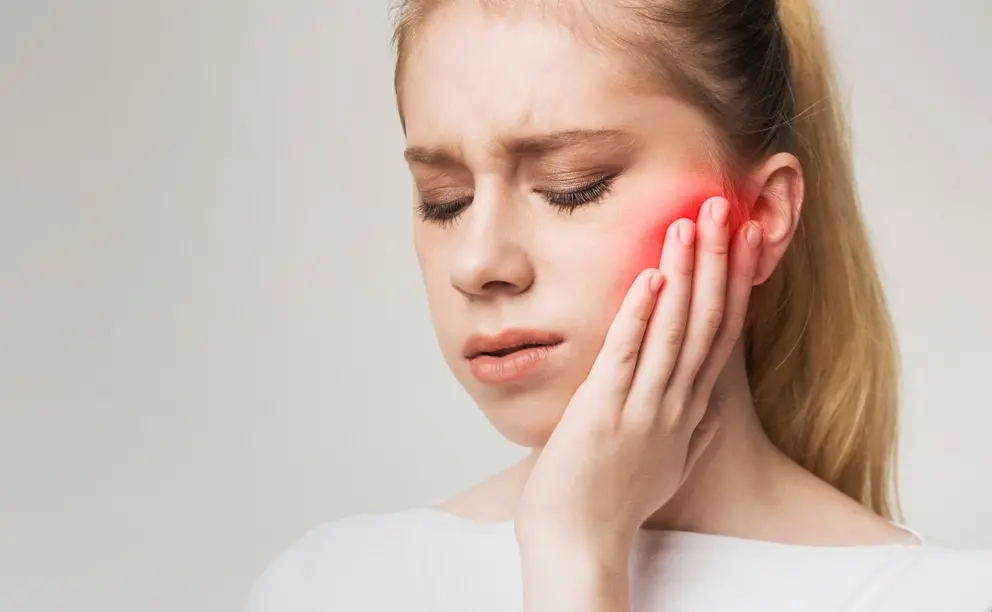A crossbite is a dental condition where one or more lower teeth extend beyond the upper teeth. It's important to understand the differences between anterior and posterior
crossbite. In anterior crossbite, the misalignment occurs at the front teeth, while in posterior crossbite, the misalignment is seen in the back teeth.
Anterior Crossbites
An anterior crossbite is when the lower front teeth are ahead of the upper front teeth. This condition involves the four incisors and the canines. It happens in about 4
to 5% of people.
To fix a crossbite, orthodontic treatment is often used. In severe cases for adults, a mix of orthodontic care and surgery is needed. This helps to realign the lower jaw.
There are various treatment options for crossbite. These include braces and other dental methods.
The goal is to align the misaligned teeth. By doing this, the upper front teeth will properly overlap the lower ones. This treatment improves the look and health of your
teeth.
Posterior Crossbites
A posterior crossbite is a dental issue where the back bottom teeth, including premolars and molars, stick out more than the upper teeth. This misalignment can happen on
one or both sides of the mouth. It's a common problem, affecting about 16% of people. Fortunately, it can be fixed with an orthodontic device known as an expander.
Treatment plans for a posterior crossbite often involve this expander. It helps by making sure the upper teeth sit properly over the lower teeth. Without treatment, a
crossbite might lead to tooth decay.
Braces treatment is another option. For the best care, it's important to consult a dentist or orthodontist. They can recommend the right approach for each individual
case.



